How To Conclude a Presentation – Expert Tips and Techniques
1. Introduction
The conclusion of a presentation is often overlooked and undervalued, but it is in fact one of the most important parts of a successful presentation. A strong conclusion can leave a lasting impression on your audience and ensure that your key messages are remembered. So, how to conclude a presentation and leave a lasting impact? In this blog post, we will share expert tips and techniques on how to master the art of concluding presentations. Whether you are giving a business pitch or an academic presentation, these strategies will help you close your presentation with confidence and leave a lasting impact on your audience.
Here are some expert Tips on How To conclude a Presentation.
2. The importance of a strong conclusion
A strong conclusion is crucial in leaving a lasting impact on your audience. It serves as the final opportunity to reinforce your key messages, summarize the main points, and leave a lasting impression. A well-executed conclusion can also help to solidify your credibility and expertise on the topic.
One of the main reasons a strong conclusion is important is because it helps your audience to remember your key messages. Studies have shown that people are more likely to remember information that is presented at the beginning and end of a presentation. By delivering a powerful conclusion, you are increasing the chances of your key messages being retained in your audience’s memory.
Moreover, a strong conclusion can also leave a positive impression on your audience and make them more likely to take action or support your ideas. It shows that you have thoughtfully crafted and organized your presentation, and that you possess a deep understanding of the topic at hand.
In the following sections, we will delve into specific techniques and strategies that will help you deliver a strong and impactful and answer your additional questions on how to conclude a presentation. Stay tuned!
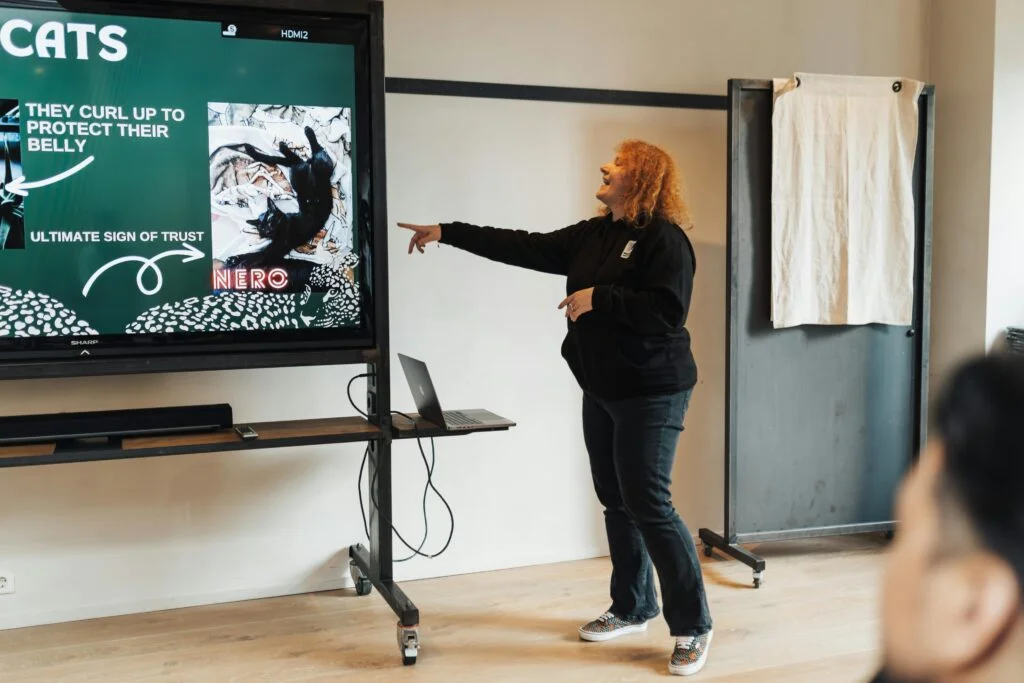
3. Summarizing key points
A well-executed conclusion includes the art of summarizing key points. This technique not only reinforces the main ideas of your presentation, but it also helps your audience to remember and retain the information you have shared.
To effectively summarize your key points, consider using concise and clear language. Avoid going into too much detail, but instead, focus on the main takeaways and the most important elements of your presentation. Use bullet points or numbered lists to help emphasize and highlight these key points.
Additionally, you can enhance your summary by using visual aids such as charts, graphs, or slides that visually represent the main points of your presentation. This visual reinforcement can be a powerful tool in helping your audience better understand and remember your message.
In the next section, we will explore another important technique that can help you with your questions on how To conclude a presentation: incorporating a call to action. Stay tuned to learn how to motivate your audience to take action after your presentation.
4. Creating a memorable closing statement
Creating a memorable closing statement is an essential component in mastering the art of concluding presentations. Your closing statement serves as the final opportunity to leave a lasting impression on your audience. To make it memorable, craft a statement that not only recaps the main points but also ties them together in a meaningful way. Consider using persuasive language and evoking emotions to make your closing statement impactful.
One effective technique is to end your presentation with a memorable quote or a thought-provoking question that encourages reflection. This will leave your audience with something to ponder after the presentation ends. Another option is to share a personal anecdote or story that relates to the main theme of your presentation. This can make your closing statement relatable and memorable.
By creating a closing statement that is engaging, powerful, and thought-provoking, you can leave a lasting impression on your audience, ensuring that they remember your message long after the presentation is over.
5. Engaging with your audience through questions or actions
Engaging with your audience through questions or actions is another effective technique for concluding presentations. By actively involving your audience, you can create a more memorable and interactive experience.
One way to engage your audience is by asking thought-provoking questions that encourage participation. Pose questions that relate directly to your presentation and challenge your audience to think critically. This not only keeps them engaged but also gives them the opportunity to reflect on the key points you’ve made.
Another option is to incorporate interactive activities or demonstrations that allow your audience to actively participate. This could include small group discussions, hands-on exercises, or even simple demonstrations that showcase your main ideas. Not only does this make your conclusion more engaging, but it also provides a practical application of the concepts you’ve presented.
By engaging with your audience through questions or actions, you can create a more dynamic conclusion that leaves a lasting impact on your listeners.
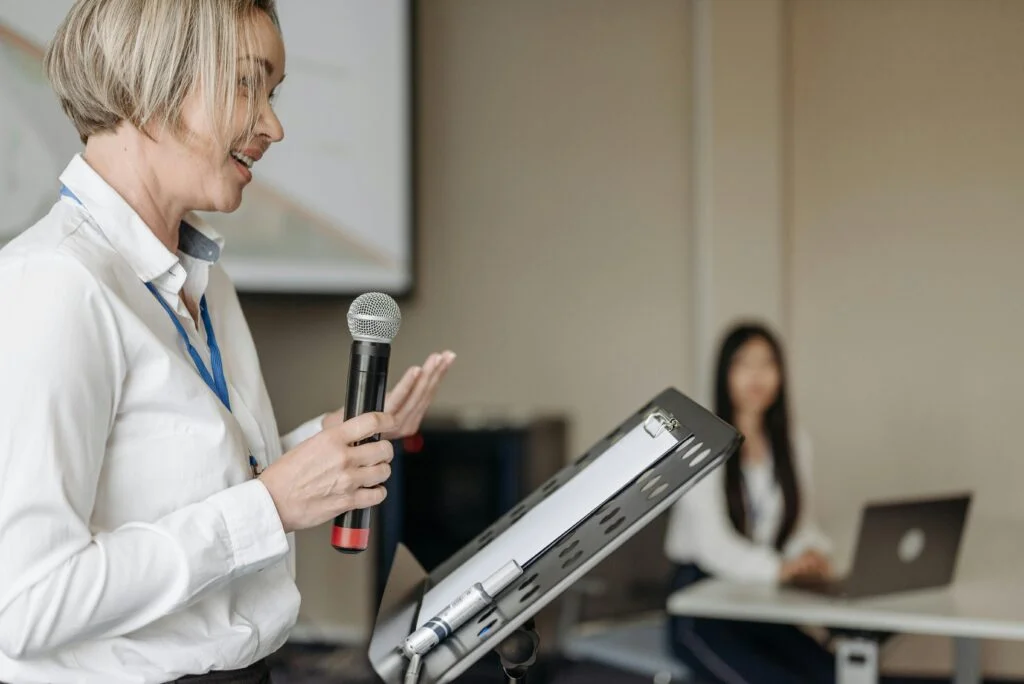
6. Using visual aids to enhance your conclusion
Visual aids can be a powerful tool in enhancing your conclusion and leaving a lasting impression on your audience. Incorporating visual elements such as charts, graphs, images, or videos can help reinforce key points and make your conclusion more visually appealing and memorable.
When using visual aids, keep in mind their purpose and ensure they complement your presentation rather than distract from it. Use clear and concise visuals that are easy to understand and align with your key message. Make sure the fonts and colors are legible and visually appealing.
To effectively utilize visual aids, practice your timing and ensure they are seamlessly integrated into your conclusion. Use them to summarize key findings, emphasize important data, or illustrate complex concepts.
Remember, visual aids should enhance your presentation, not replace it. Use them sparingly and strategically to support and enhance your spoken content. By incorporating visual aids into your conclusion, you can deliver a powerful and visually engaging conclusion that leaves a lasting impact on your audience.
7. Practice and preparation for a polished ending
One of the key aspects of mastering the art of concluding presentations is thorough practice and preparation. Consistent practice helps you become more confident and fluent in delivering your conclusion, making it sound polished and professional.
Start by thoroughly reviewing your presentation content and identifying the key points that you want to emphasize in your conclusion. Outline a clear structure for your conclusion, ensuring a logical flow from the main body of your presentation.
Practice delivering your conclusion multiple times, both out loud and in front of a mirror. Pay attention to your tone of voice, body language, and gestures, ensuring they align with the message you want to convey. Consider recording yourself and reviewing the footage to identify areas for improvement.
Additionally, prepare for contingencies. Anticipate potential questions or challenges that might arise and have well-thought-out responses ready. This will help you handle unexpected situations with poise and confidence.
By investing time and effort into practice and preparation, you can ensure a polished and impactful ending to your presentation.
8. Leaving a lasting impression
Ultimately, the goal of concluding a presentation is to leave a lasting impression on your audience. A strong conclusion should not only summarize the main points of your presentation but also provide a compelling call to action or reinforce the key takeaways.
One effective technique to leave a lasting impression is to end with a memorable quote or anecdote that relates back to your main message. This can help to solidify the ideas in the minds of your audience and create a lasting impression.
Additionally, consider incorporating visual aids such as slides or props in your conclusion to make it visually appealing and memorable. This can help to engage your audience and make your conclusion stand out.
Remember to maintain a confident and enthusiastic tone as you wrap up your presentation. Show genuine appreciation for your audience’s time and attention, and encourage them to reach out to you with any further questions or feedback.
By utilizing these techniques, you can conclude your presentation in a powerful and memorable way, leaving a lasting impression on your audience and ensuring that your message resonates long after your presentation ends.
YouTube video on “how to conclude a presentation“.
9. Conclusion
In conclusion, mastering the art of concluding presentations is an important skill for any presenter. By summarizing the main points, providing a compelling call to action or reinforcing key takeaways, you can leave a lasting impression on your audience.
Remember to end with a memorable quote or anecdote that relates back to your main message. This will help solidify the ideas in the minds of your audience and make your conclusion stand out.
Incorporating visual aids such as slides or props can also make your conclusion visually appealing and memorable. This will engage your audience and leave a lasting impact.
Maintain a confident and enthusiastic tone as you wrap up your presentation. Show genuine appreciation for your audience’s time and attention, and encourage them to reach out to you with any further questions or feedback.
By implementing these expert tips and techniques, you can conclude your presentations in a powerful and memorable way, ensuring that your message resonates long after your presentation ends. Remember, practice makes perfect, so keep refining your concluding skills and strive for excellence in every presentation you deliver.
Also read related article on Hard & Soft skills
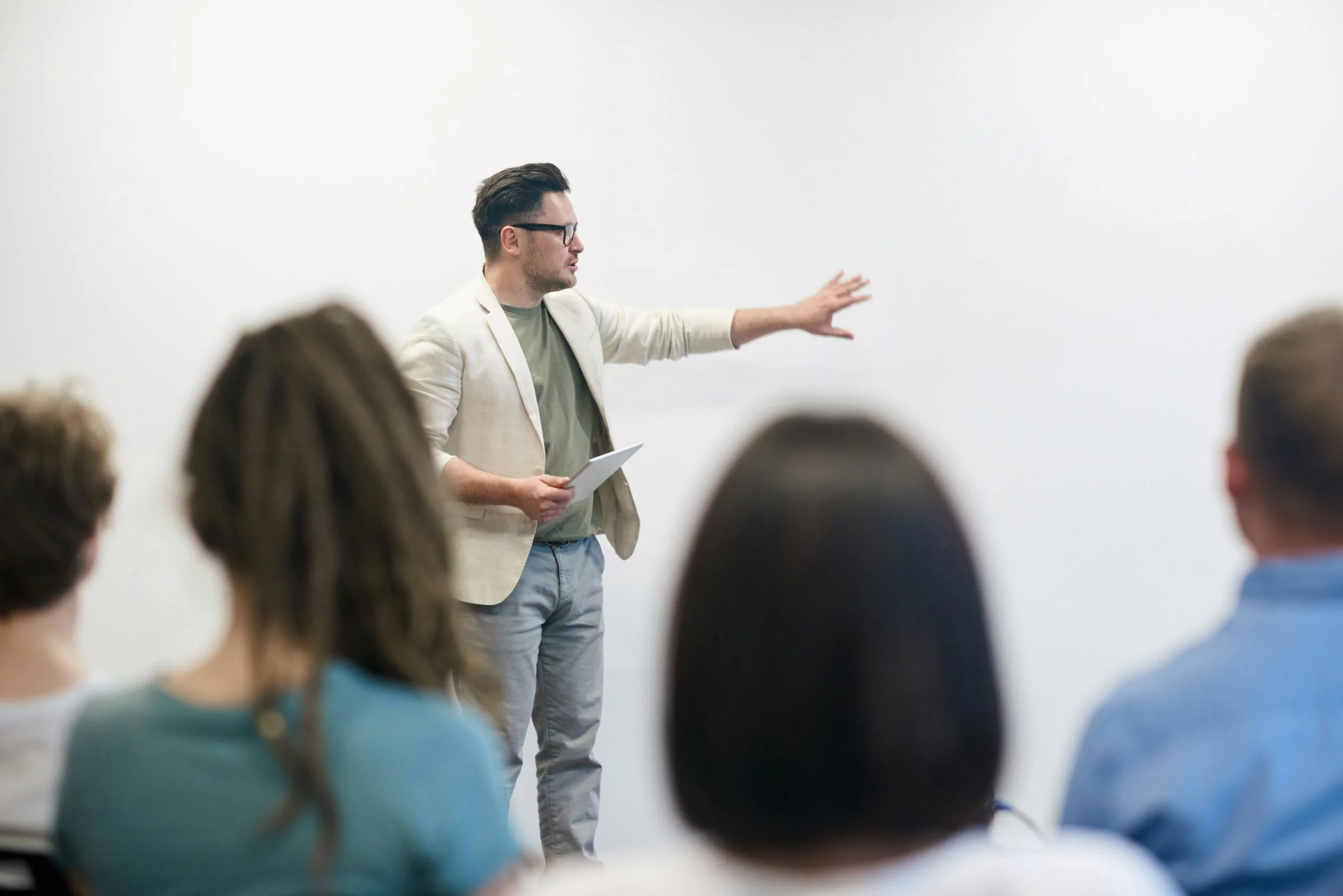
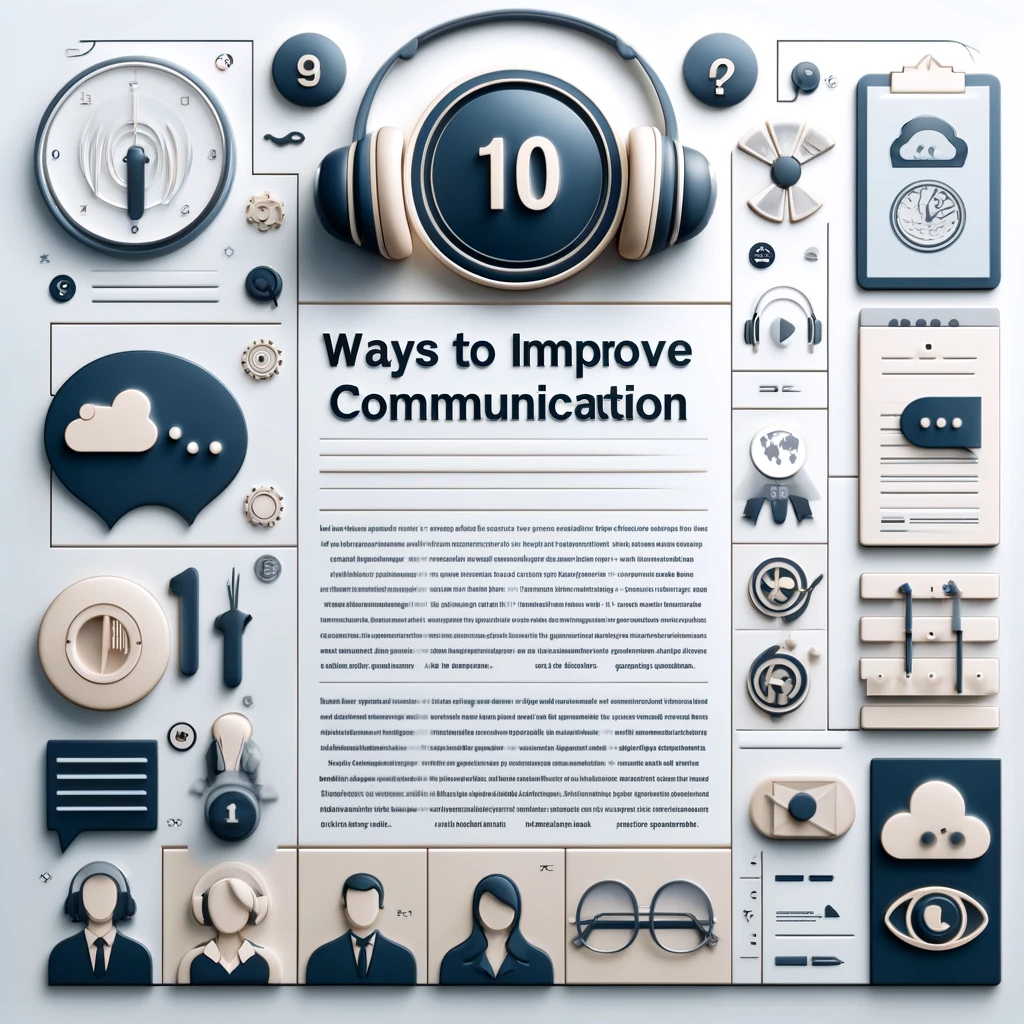
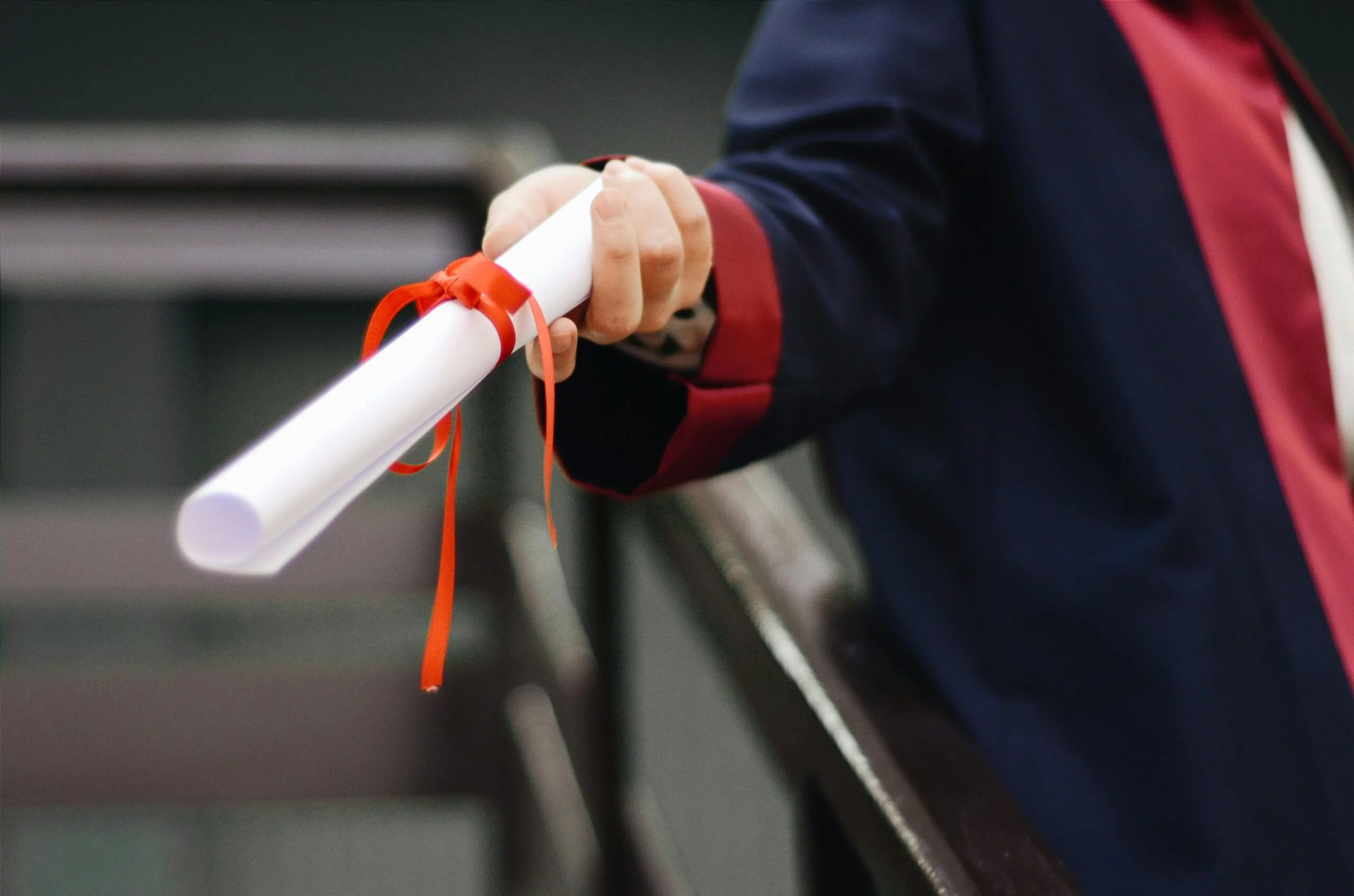

Post Comment